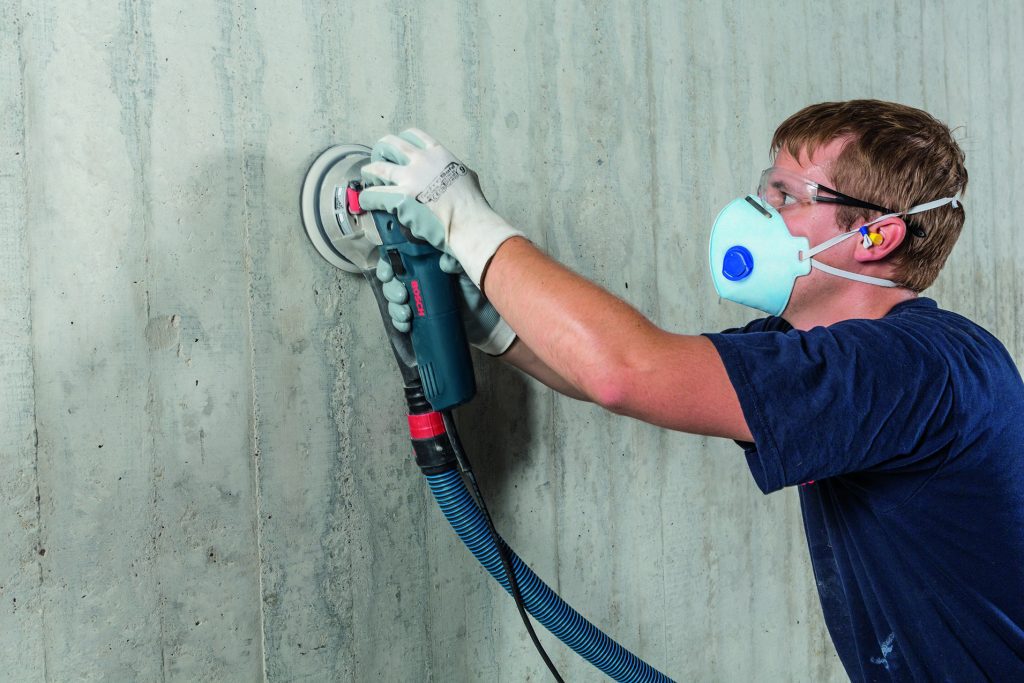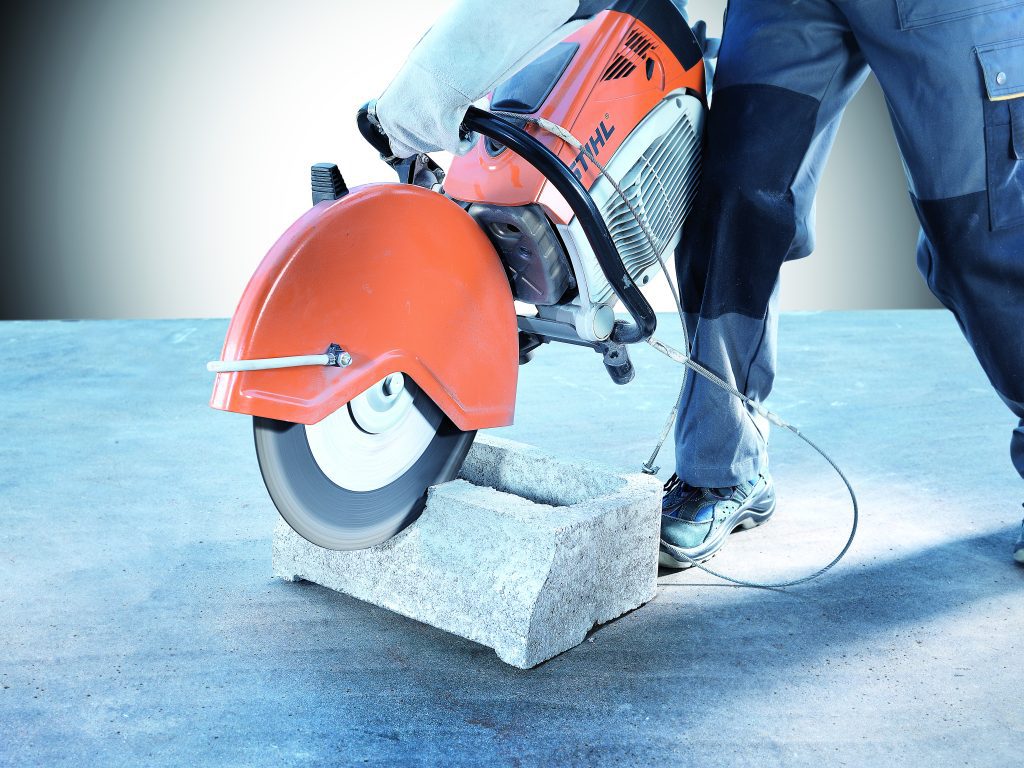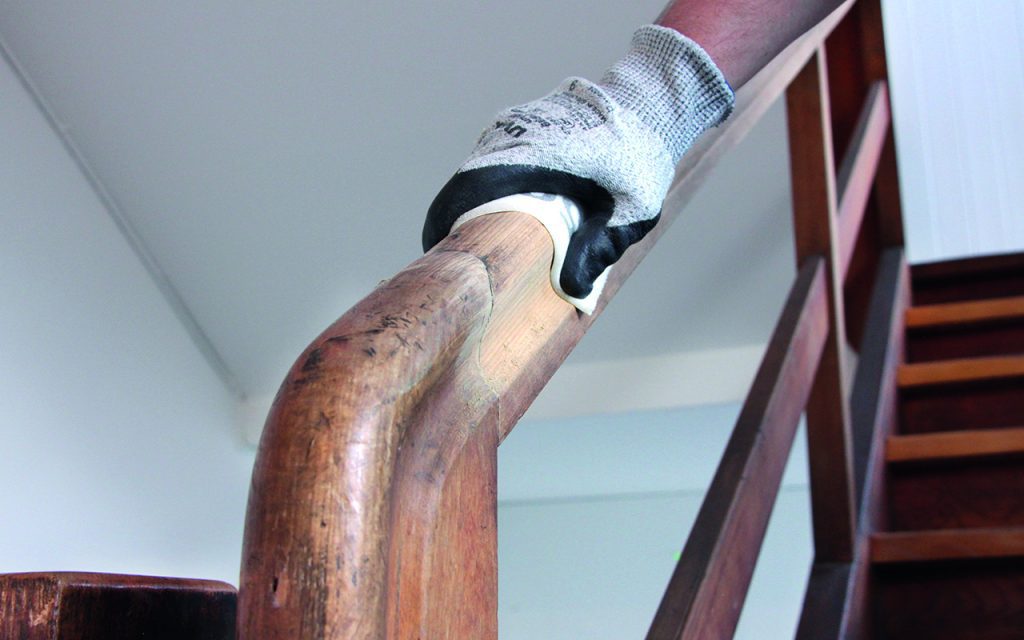Construction and building restoration projects require careful attention to detail, whether it’s preparing surfaces for new construction or restoring the beauty of historical structures. One essential element that aids in achieving excellent results is the use of abrasives. In this article, we will explore the crucial role of abrasives in construction and building restoration, from surface preparation to refinishing, and how they contribute to the successful completion of such projects.
1. Drywall Surface Preparation:
Surface preparation is vital in construction and building restoration to ensure proper adhesion of coatings and the longevity of the finished structure. Abrasives play a pivotal role in this process by removing old paint, coatings, rust, and other surface imperfections. Sanding discs, belts, and sheets are commonly used to smooth rough surfaces like drywall plaster, creating an ideal base for subsequent treatments.


2. Concrete Polishing and Grinding:
In construction projects, abrasives are indispensable for concrete polishing and grinding. Diamond tooling, such as diamond cup wheels and polishing pads, can effectively level uneven surfaces, remove blemishes, and enhance the appearance of concrete floors and countertops. These abrasives provide versatility and precision in achieving desired surface finishes.
3. Masonry Restoration:
Abrasive tools and materials are crucial for masonry restoration, especially when working with stone, brick, or terracotta. Abrasive blasting, using materials like garnet or crushed glass, can safely and effectively remove dirt, grime, and old coatings from exterior surfaces, exposing the original beauty of masonry. Finer abrasives, such as abrasive bricks or diamond pads, are also used to delicately clean and restore intricate details on historic buildings.


4. Wood Surface Refinishing:
Abrasives play a significant role in refinishing wooden surfaces during construction and building restoration projects. Sanding belts, discs, and sheets are used to remove old finishes, smooth out rough spots, and prepare the wood for staining, varnishing, or painting. Proper sanding techniques using appropriate grit sizes ensure a flawless and even surface for a professional-looking result.
5. Metal Cleaning and Restoration:
For construction projects involving metal structures or architectural elements, abrasives are vital for cleaning and restoring their surfaces. Wire brushes, abrasive pads, or sanding discs are used to remove rust, corrosion, and old paint from metal surfaces. This process not only enhances the aesthetics but also protects against further degradation, extending the lifespan of metal components.

Conclusion:
Abrasives are invaluable tools in construction and building restoration projects. From surface preparation and concrete polishing to masonry restoration and wood surface refinishing, abrasives contribute to achieving high-quality results. They enable professionals to effectively clean, prepare, and restore surfaces, ensuring optimal adhesion, durability, and aesthetic appeal. When embarking on construction or building restoration projects, remember to select the appropriate abrasives for the specific task at hand and follow proper safety guidelines. By harnessing the power of abrasives, you can transform construction and restoration projects into showcases of craftsmanship and preservation.
















